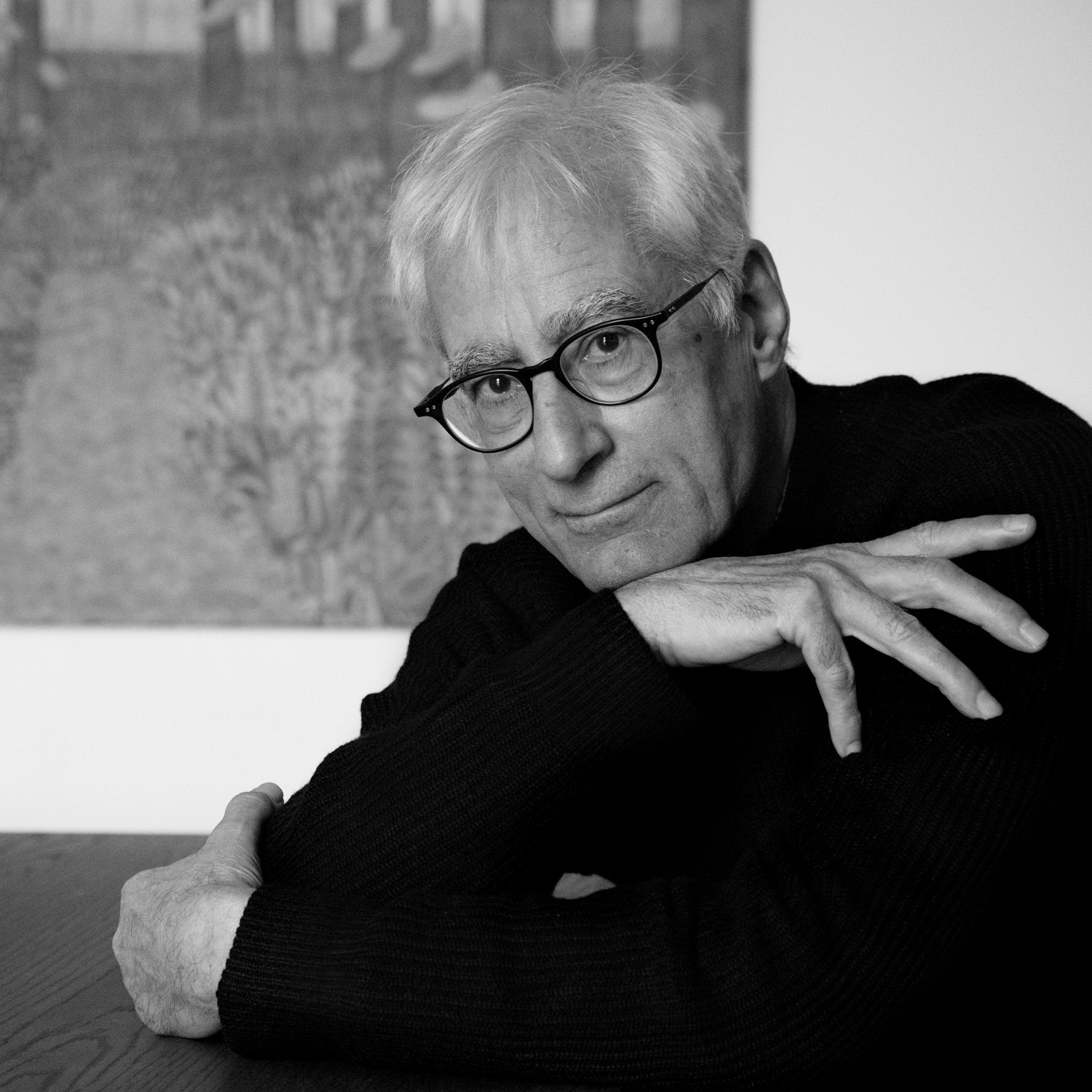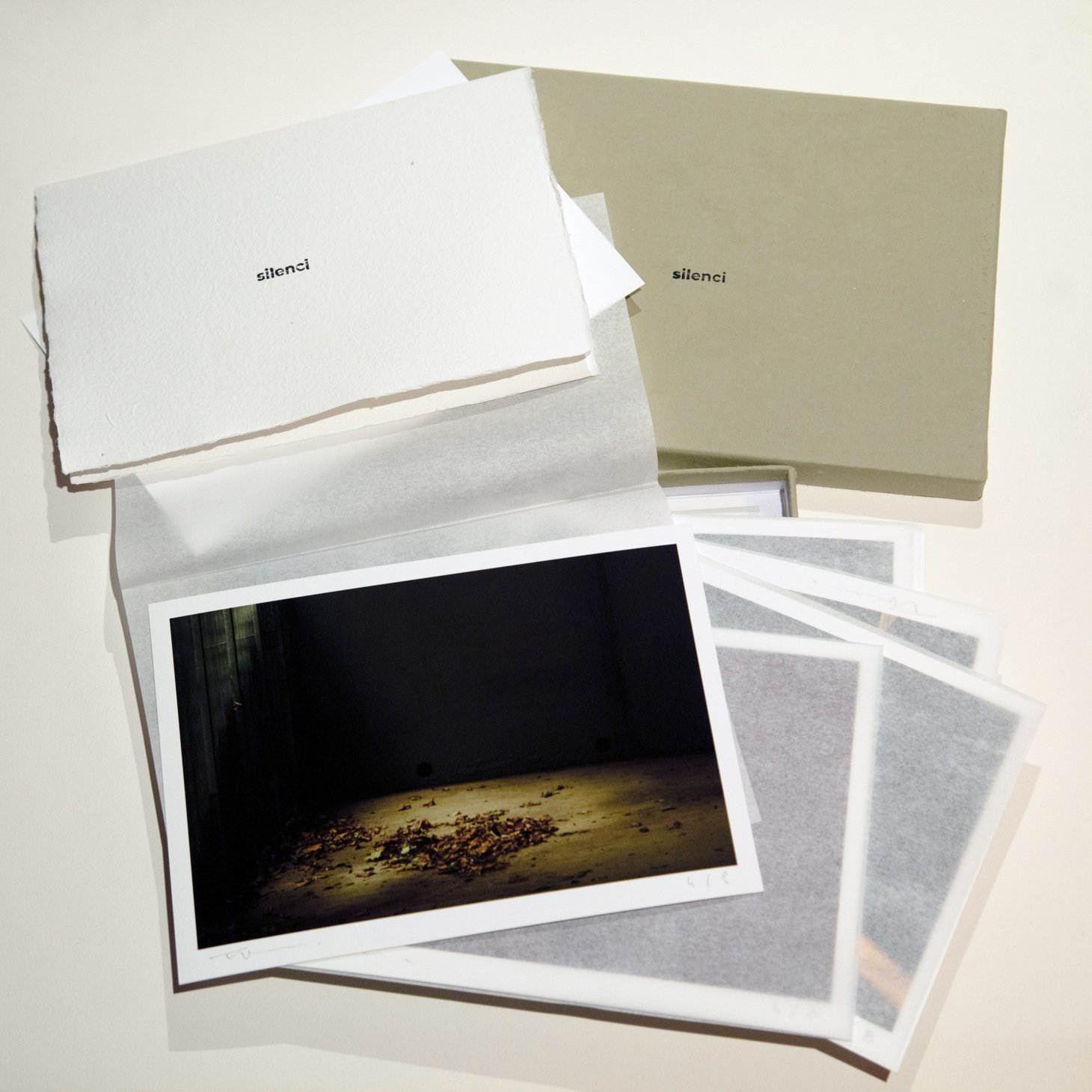Just before leaving to attend a memorable EUYO concert at the Musiikkitalo in Helsinki, my dear Hélène lay down on the sofa for a while. Don't move! click.
Rautavaara and Bartók, in addition, sounded close to excellence.
Just before leaving to attend a memorable EUYO concert at the Musiikkitalo in Helsinki, my dear Hélène lay down on the sofa for a while. Don't move! click.
Rautavaara and Bartók, in addition, sounded close to excellence.
I meet Javier at the station of Sant Adrià del Besòs, his hometown, and he guides me through the beach and the streets near the train tracks, landscapes of his childhood and youth. It's a rainy day, almost in black and white, very appropriate for the portrait session. Today the sea is angry, and we stand for a while to admire it, always under the exaggerated presence of the old thermal power plant chimneys.
Javier has a shy, modest appearance, like someone who does not want to bother. But behind this discreet aspect, there is a character with a very rich world, with an original and surprising discourse where humor, the fiercest criticism, erudition and surrealism are mixed. I tell him how much I liked his latest book El año del Búfalo, which he is promoting these days all over Spain, and I ask him what other book of his he recommends. Paseos con mi madre, he tells me smiling, is the one that people like the most.
Javier Pérez Andújar has a degree in Hispanic Philology from the University of Barcelona.
Author of the books Los príncipes valientes (finalist for the Premio de Novela Fundación Lara 2007, and Premio Qwerty de BTV 2008 to the revelation author in Spanish), Salvador Dalí: A la conquista de lo irracional, Todo lo que se llevó el diablo, Paseos con mi madre, Milagro en Barcelona (with photographs by Joan Guerrero), Catalanes todos, Diccionario enciclopédico de la vieja escuela (Estado Crítico essay award 2016), La noche fenomenal and El año del Búfalo (Herralde novel award 2021).
He currently collaborates in the radio program A Vivir Que Son Dos Días (cadena SER) and in the supplement Llegim of the newspaper Ara. He has also collaborated in the television programs Saló de Lectura (BTV) and L'Hora del Lector (Canal 33); in the magazines Taifa, of which he was editor-in-chief, El Ciervo, Tapas Magazine, Ajoblanco, Rockdelux, Globe, and in the newspapers El Periódico de Catalunya and El País. In 2014 he received the City of Barcelona Media Award for his chronicles published in the catalan edition of El País. He has also collaborated in the fanzine Mondo Brutto and was co-founder of the fanzines Flandis Mandis and Lardín. He has translated into Spanish the Asterix album: El cielo se nos cae encima! (Salvat, 2005).

Perico walks around his bright studio in Poble Nou with the calm agility of a cat. He is a friendly and attentive character, with a wise irony always at the forefront of his mind. We talk about the advantages and disadvantages of working alone, about Picasso's women - after all, Picasso was a bastard, but a bastard without malice -, about the tricks of the world of galleries and about the Japanese paper he uses to paint, so delicate that it can melt if you put it under running water.
And then he starts to paint and I continue to shoot, captivated by the elegance and fluidity of his movements with the brush.
Perico Pastor was born in la Seu d’Urgell in 1953. After a few years in Barcelona, studying matters which had nothing to do with Art and off which he dropped because he was always busy drawing, he left for New York in 1976. There he spent twelve years of comfortable bohemian life sponsored by freelance work done for The New York Times and other periodicals. That allowed him to do his own stuff, which, after a while attracted enough interest from gallerists to make a living from it –without ever abandoning illustration.
In 1980 he had his first show, at the Cornelia Street Café, in New York, and in 1983 his first gallery show at Madrid’s Galeria Estampa. Ever since, he has pursued painting and illustration and has showed his work in Barcelona, Madrid, Granada, Hong Kong, Paris, New York, Tokyo, Sag Harbor, Miami, Pekin, Lleida…
He has lived in Barcelona since 1989, painting, publishing his illustrations in newspapers (El Pais, International Herald Tribune, La Vanguardia,) and in books (Amigos, El Pequeño Cuento, The Bible), and various projects.
Married, a father of four boys, a keen rower and cross-country skier, he is addicted to reading and music, and a competent cook.


I photographed Marc at Atelier Güell, the art space he manages in the Arrabal neighbourhood with his wife Indira Urrutia, which is an interesting alternative to traditional art galleries. He is exhibiting his latest project "Portraits of Dignity", about the refugees in the camps in Greece, based on his statement, so true, that "we are all refugees".
Marc speaks in a calm tone and with such a discreet attitude that it is surprising to discover the trajectory he has been building up. Especially since his fascinating journey that led him to cross the American continent from one end to the other, by bicycle, for five years.
Marc Hors is a documentary photographer and storyteller. His artistic approach is one of capturing the social and cultural nuances of individuals, friendships, and families within the collective situations they inhabit. His images serve as an invitation to peer into private and intimate worlds that have been made all the more complex due to the socio/political/economic contexts that shape them. It is in this manner that Hor’s gently crafts his portraits so as to spark curiosity and critical thinking with regards to environmental and human rights issues, and social change. He shows human beings in human-made situations, in all their splendor, nuance, hardship, and terrible beauty, making neither an attempt to shock or minimize but forging a window through which the viewer can glimpse, and possibly discover, the felt existence of the being within the image.
In 2007, Marc embarked on a 5-year photographic project in search of natural, social and cultural values that characterize the countries of the American continent. As a way of transportation but also as a multicultural passport he chooses the bicycle. Stating in Alaska, he ended in Puerto Williams, the Chilean Antarctic after 5 years, 20.000 miles, and 14 countries.


After the edition of the box "silenci", multistudioBOOKS has just published the photobook "Silenci", with a similar content to the box, but more extensive and in book format. "Silenci" is a photographic reflection on silence, in a fine edition of 52 pages, hard cover, and includes an original print in pigmented inks on Epson Enhanced Matte paper, signed and numbered. "Silenci" is a limited edition of 100 copies.

I am very happy to receive the Honorable Mention in Professional Portrait Category at the 2021 Monochrome Photography Awards, for my photograph "Museum".


One of the things I like about David is the way he explains himself, especially when he uses unconventional recourses. Another is how he can laugh at everything. And another is the way he writes; the first time I cried reading a book was with Els Errors, written by him.

The writer David Cirici i Alomar has a degree in Catalan philology and is a member of Catalan PEN and the AELC. He has taught Catalan language and literature. He has worked as a scriptwriter and radio announcer and as a humor scriptwriter in television. Since 1987 he has worked in advertising. He has worked as a creative for the multinational Saachi & Saachi and, since 1990, for his own agency, IMAGINA. In 2000 he founded Cirici Comunicación, active until 2016. Since then he has devoted himself to writing.
He has received several awards such as: Ramón Muntaner, Marian Vayreda, Crítica Serra de Oro, Prudenci Bertrana, Edebé, San Jorge, Stega and Cento Letteratura.
My friend Pep Puig invited some of his friends to participate in his exhibition Songs to Watch. A new concept of collective exhibition, held at Atelier Güell in Barcelona, during three days.
I have shown some of my photographs and my latest work silenci.
It has been a fun and fulfilling experience for everyone.



From left to right: Toni Ricart, Tere Guix, Justine Lotus, Pep Puig, John Rozelle and Judith Sol
I had a nice photo session with violinist Anna Sanchis, last friday.
Anna Sanchis Llorens was born in Valencia in 2000. She studied at the Professional Conservatory of Music of València with Victoria Lorente for 10 years. She won in 2017 the First Prize at the XXVI National Competition for Young Performers Ruperto Chapí de Villena and made her debut at the Palau de la Música de València in 2018 performing Max Bruch's Concerto in G minor op. 26 accompanied by the Orchestra of the Professional Conservatory of Music of Valencia, conducted by Pascual Martínez. That same year she won the 2018 Autonomic Awards for Professional Music Education in the specialties of violin and chamber music.

She is currently studying at the ESMUC (Escola Superior de Música de Catalunya) with Maestro Yuri Volguin, where she also studies Historical Interpretation with Alba Roca. He has recently been selected to represent ESMUC at the Prades Pau Casals Festival 2021 with his quartet. He is a member of the Jove Orquesta de la Generalitat Valenciana (JOGV) with which he has made his debut as soloist at the Palau de les Arts de València. Anna is a member of the Joven Orquesta Nacional de España (JONDE) and the Jove Orquestra Nacional de Catalunya (JONC).


I’ve just published a new proposal of sharing my photography: SILENCI is a limited edition of eight boxes, numbered and signed, each containing ten photographs printed with pigment inks on Hahnemühle Photo Rag 308gr paper.
SILENCI talks about silence, about understanding the moment where silence invites all other presences.








Sold out